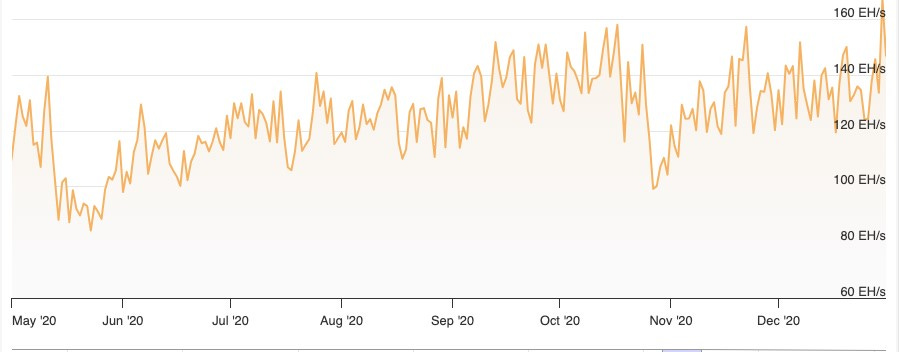Bitcoin's Halving: Understanding the Dynamics
Decoding Bitcoin's Halving: Impact on Institutional Investors and Market Dynamics
The impending Bitcoin halving, set to reduce block rewards by 50%, is stirring anticipation within the cryptocurrency realm. Scheduled for April, this quadrennial event prompts questions about its impact on miners, hash rates, and Bitcoin's price trajectory.
As the 210,000th block approaches, miners' rewards will halve from 6.25 BTC to 3.125 BTC. With the emergence of new spot market Bitcoin exchange-traded funds (ETFs) earlier in the year, pushing Bitcoin's price to record highs and nearing a $3 trillion market capitalization, speculation arises about institutional investors' response to the halving.
Industry experts hold varying opinions, with some foreseeing increased institutional interest due to Bitcoin's controlled supply, while others emphasize the need for regulatory clarity and technological advancements to facilitate broader adoption.
Could the Bitcoin Halving Spark a Price Surge?
Historically, the period leading up to a Bitcoin halving has witnessed surges in its value, a trend evident in 2024. Market analysts attribute this momentum to the approval of spot Bitcoin ETFs and the impending halving. While some lean towards ETF approval as the primary driver, others caution about potential post-halving price corrections, mirroring patterns from previous halvings.
Amid debates, it's acknowledged that the halving's impact on hash rates and miner profitability may be mitigated by the growing demand spurred by ETFs, potentially leading to sustained price appreciation in the long term.
Impact on Bitcoin Proxies and Mining Firms
Traditional Bitcoin proxies like MicroStrategy and prominent BTC mining firms face scrutiny amidst the halving's anticipation. While halvings primarily affect Bitcoin's supply, the advent of spot market ETFs may overshadow their influence. MicroStrategy, known for its substantial Bitcoin acquisitions, might see its role as a BTC proxy slightly diminished with the availability of ETFs, though its recent rebranding as a Bitcoin development company could sustain its appeal to investors seeking dynamic exposure to the cryptocurrency.
The fate of mining firms hinges on their preparedness for post-halving challenges, with some anticipating negative profitability and others diversifying revenue streams to offset diminishing block rewards.
Prospects for Bitcoin Miners
Bitcoin miners confront the halving's impact head-on, ensuring operational resilience amidst reduced block rewards. While the global BTC mining sector appears more robust than in previous cycles, challenges loom for smaller miners facing potential capital constraints. However, publicly traded mining firms may fare better in securing funding. Miners are diversifying revenue streams, emphasizing the importance of transaction fees and investing in Bitcoin ecosystem development to navigate post-halving profitability challenges.
The Significance of ETFs vs. the Bitcoin Halving
As the introduction of spot Bitcoin ETFs coincides with the quadrennial Bitcoin halving, speculation arises about their relative importance. While ETFs garner significant attention, the halving remains a symbol of Bitcoin's unique attributes, including scarcity and resilience. Experts highlight the importance of Bitcoin's monetary policy in action, reinforcing its value proposition amidst evolving financial landscapes. Despite current discussions favoring ETFs, the halving underscores Bitcoin's enduring qualities, positioning it as a formidable contender in the realm of global currencies.




